Hardware
The device needs to be portable and durable if it should be used while under the influence. The 11.1 Wh/hr lipo battery provides about 8 hours of continuous use. All the components are stuck to the battery pack with thick double sided tape. I hope this provides some shock absorption in case of drops. The enclosure is made of two 3mm aluminum plates bolted together. Aluminum is a great material to work with because it cuts and drills easily, but that also means that it is easily scratched as seen by the pictures. Regardless, it will protect the battery and electronics in most situations and I think it gives the device a rugged feel.
Schematic
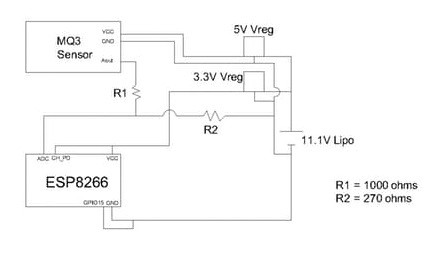
Arduino Sketch
The arduino sketch is pretty straightforward. The template provided in the cayenne dashboard provides a very good starting point. The first virtual input sends current readings from the sensor to the dashboard. I added a second channel/input to keep track of the highest reading obtained, aka the "high score". If the cayenne devs are reading this, I wish there were more input types other than luminosity, voltage, etc. I don't see why the data has to be tied to a unit at all. Lastly, there's an http server running so that the board firmware can be updated over the air.Sketch is available at https://github.com/dpeters1/IoT-Breathalyzer
Cayenne Integration

The Cayenne dashboard provides current alcohol concentration, highest reading, and a graph of readings with respect to time.
Build Pictures
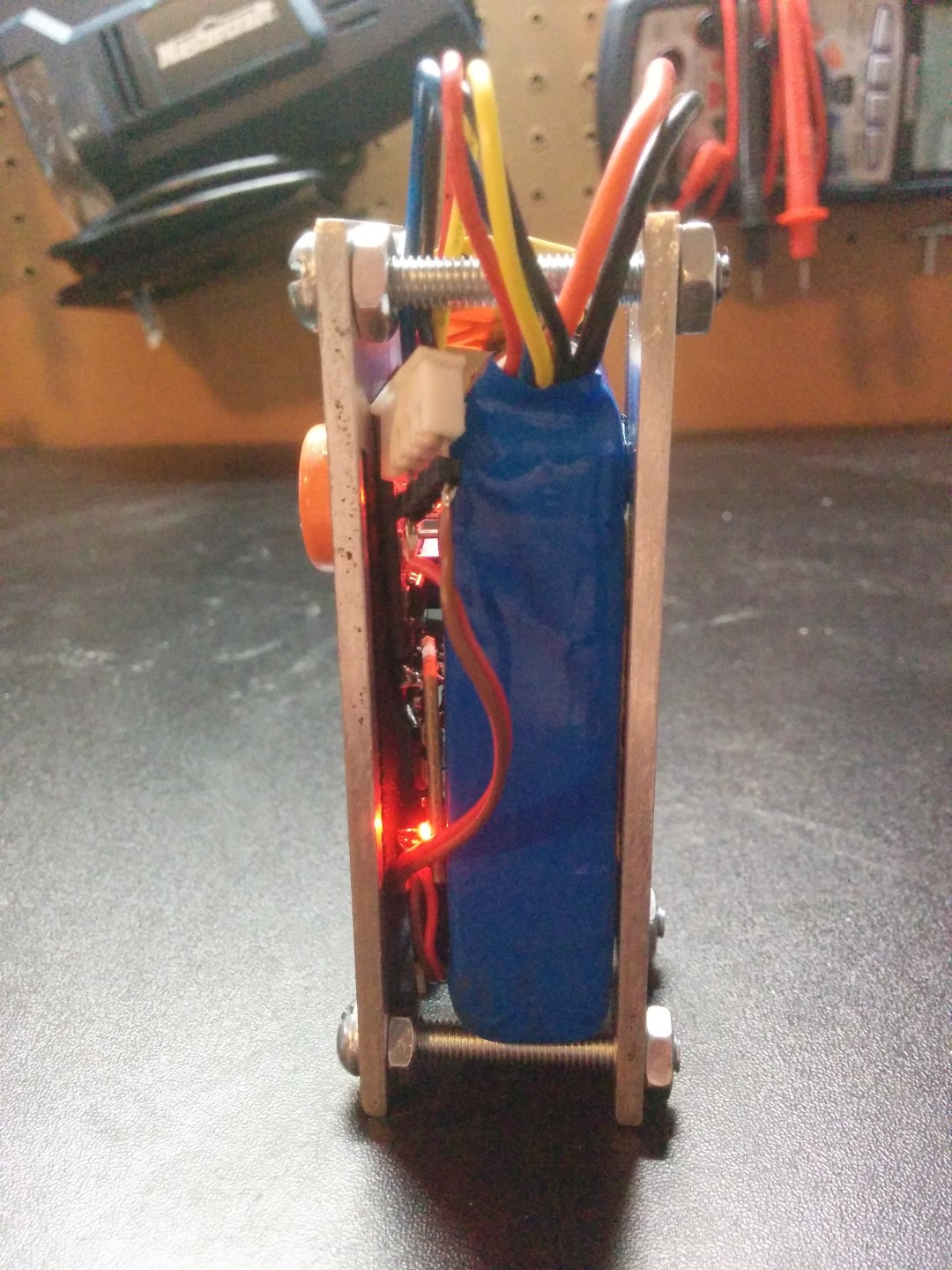

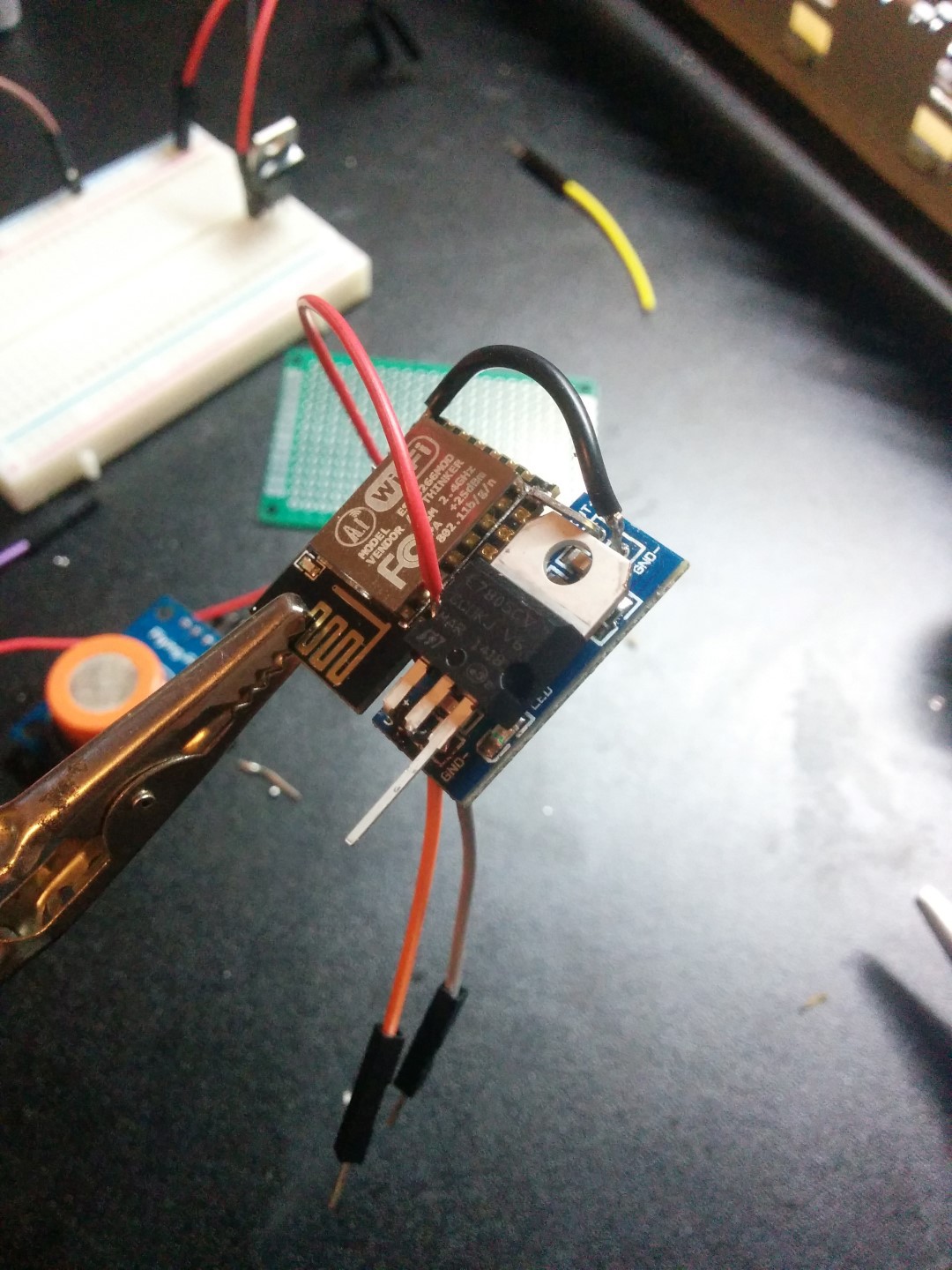

 Dominic
Dominic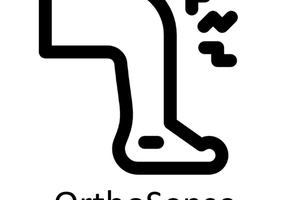
 Vignesh Ravichandran
Vignesh Ravichandran
 Danie Conradie
Danie Conradie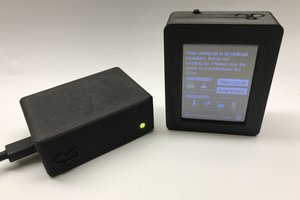
 Darian Johnson
Darian Johnson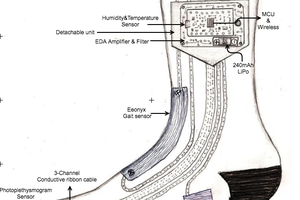
 Naveen Sridharan
Naveen Sridharan
Made something similar, was pretty fun :)
http://www.degordian.com/education/blog/creating-an-arduino-breathalyzer/